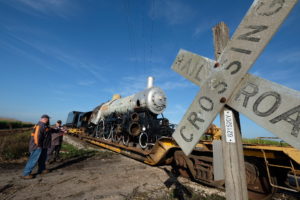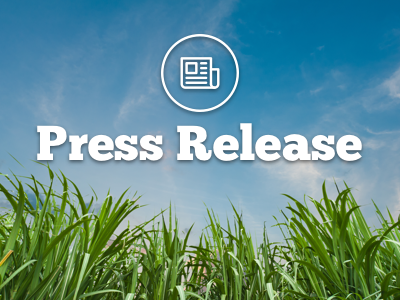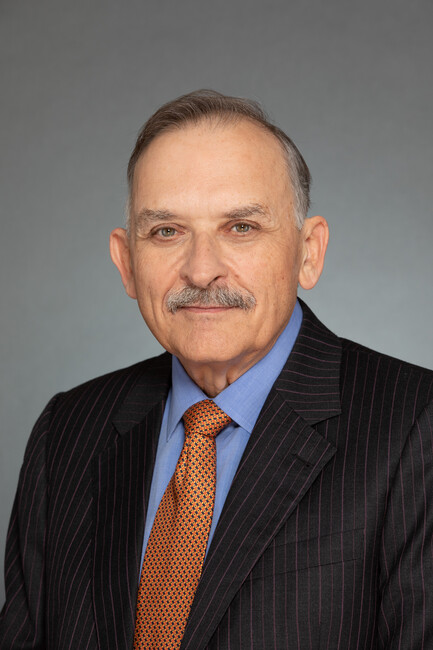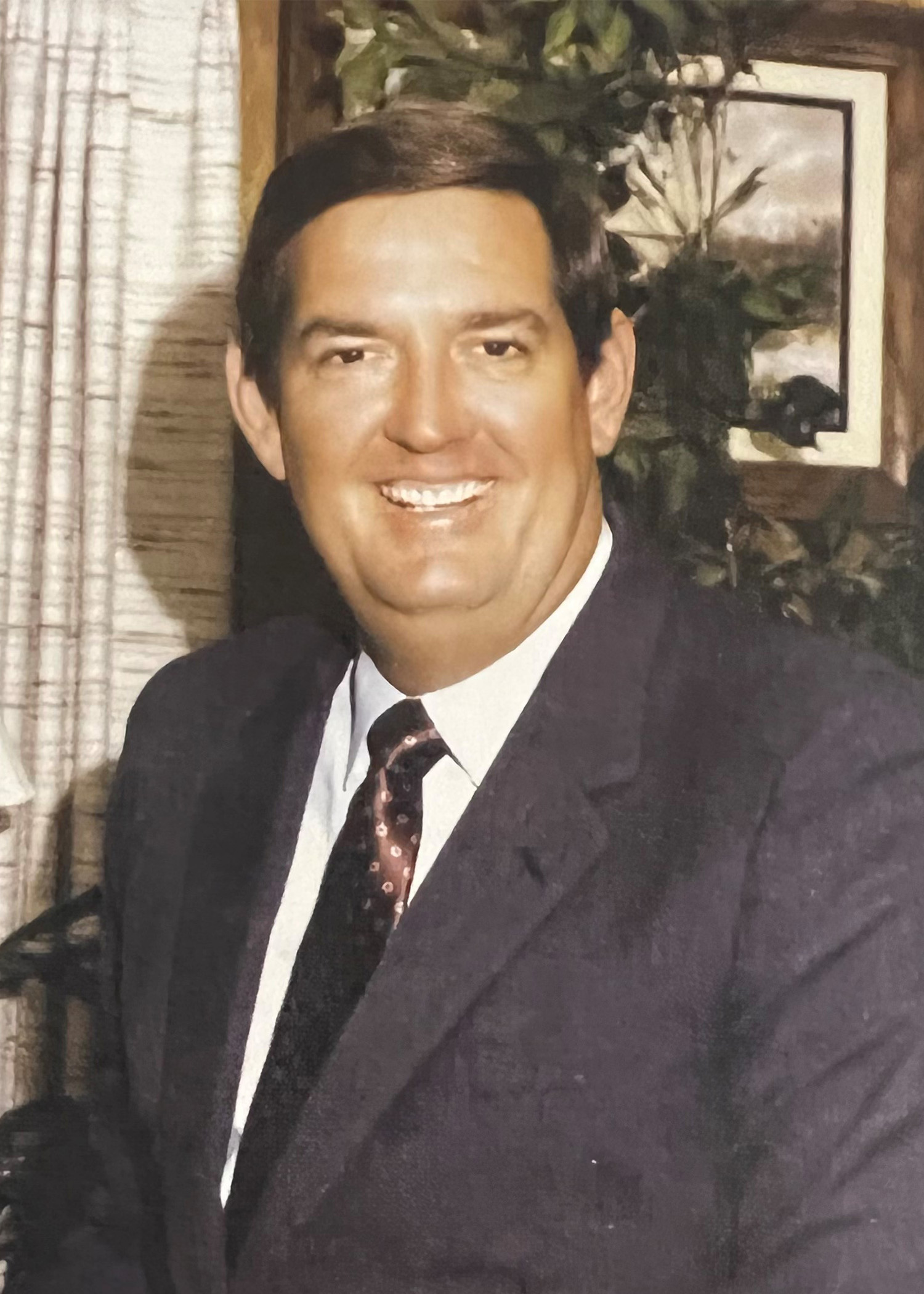By: Laura Tichy Smith, Fort Myers News-Press
March 4, 2017
A piece of Florida locomotive history has come home to the sunshine state after being away for nearly half a century. Steam Engine No. 148 arrived in Clewiston late last year, although not under its own power. The engine and its tender (fuel and water car) arrived from Colorado strapped to two railroad flat cars. Well, most of it arrived by rail.
“We were able to gather and collect most of the pieces that were already removed from the locomotive,” said Ted Dobrie, chief mechanical officer for U.S. Sugar, “and we crated and cataloged all that equipment and shipped all that back by truck. We’re just missing a couple of minor pieces that we’re going to have to track down.”
So, what does a 97-year-old steam locomotive engine have to do with a company in the business of growing and refining sugarcane? Quite a bit, actually. Founded in 1931, U.S. Sugar needed a way to transport sugarcane from about 187,000 acres of fields to its sugar mills.
“When we were started back in the early ’30s, rail transportation was how freight was moved, and there were very few roads of any sort out here,” said Judy Sanchez, senior director of corporate communications and public affairs for U.S. Sugar. “There certainly wasn’t a reliable network for moving sugarcane from the fields to the mill, so our company made a decision at the beginning to put in an industrial private railroad that linked our fields and mill.”
Faced with the same transportation problem that challenged cypress logging companies in Florida, U.S. Sugar pursued the same solution. The company installed about 120 miles of rail across its fields for its internal rail line. Then, to transport its products out as well as haul agricultural equipment and supplies in, the company began operating a short-line freight railroad called the South Central Florida Express, which connects with commercial freight railroads CSX Transportation at Sebring and the Florida East Coast Railway (FEC) at Fort Pierce.
Between the internal and external lines, the company currently operates nearly 300 miles of rail. A decision originally made for expediency, the rail transportation infrastructure has turned out to provide efficiency for U.S. Sugar’s operations.
“Our trains are one of the things that set U.S. Sugar apart from our colleagues and competitors in the sugar business in the United States,” Sanchez said. “It’s been a transportation method, but over the years it’s become more a transportation advantage because we’re not having to put all that cane into tractor-trailers and haul it out on public roads. It’s much more efficient as well since you can haul up to 100 boxcars of cane behind a locomotive, and that one locomotive is the only part of the train using fuel.”
A single boxcar holds up to 40 tons of sugarcane, or about one acre’s worth of crop. U.S. Sugar currently operates a fleet of a dozen locomotives and 800 cars. The company buys its locomotive equipment used from major railways and then modifies it to haul sugarcane.
“The engines are diesel now, but back when No. 148 was in service, our fleet was steam locomotives,” Sanchez said.
No. 148 was one of several engines that U.S. Sugar purchased in 1952 from the original owner, the FEC, which was phasing out its steam locomotives in favor of diesel engines. Diesel technology represented a savings in labor and facilities, said Seth Bramson, FEC company historian.
“It was much more efficient to switch over to diesels,” Bramson said. “With a diesel locomotive on the Florida East Coast Railway, we could run a through-train from Jacksonville to Miami on the fuel that we loaded in Jacksonville. Whereas with steam locomotives, not only did you have to refuel along the way at New Smyrna or Fort Pierce, then, of course, you had to fill them with water.”
Since U.S. Sugar was using the locomotives for shorter hauls, only harvested sugarcane five months of the year, had its own locomotive shop and could economically purchase the old engines second-hand, it continued to run steam locomotives until the mid-1960s. No. 148 was one of the last three steam engines the company used and the last one it sold off, third-hand, in 1969 to a tourist excursion railway in New Jersey.
No. 148 continued to change hands over the ensuing decades until Robert H. Buker, Jr., current president and CEO of U.S. Sugar, set the goal of obtaining one of the company’s legacy steam engines.
“Our CEO is a history buff,” Sanchez said. “He has a love of machinery and of anything historical, so to him it’s fascinating.”
The search eventually led to Monte Vista, Colorado, where No. 148 had been taken for repairs with the intention of operating it, once again, for tourist excursions. However, the 2008 economic downturn stalled the entire tourist railway project and work on the partly disassembled steam engine stopped. U.S. Sugar purchased the legacy locomotive and brought it back to its Clewiston shop for its own locomotive team to restore, using historical diagrams and photos from Bramson. Dobrie said some parts of the project will also require help from engineering consultants who specialize in steam engines.
Dobrie said the restoration could take up to a year and a half. After restoration, Sanchez said U.S. Sugar intends to obtain some period passenger cars and offer excursion rides to draw tourists to Clewiston.
“It’s going to be not only an amazing project, but it’s going to attract marvelous goodwill and bring national attention to United States Sugar,” Bramson said. “Not only do you attract thousands of people out to see the steam engine, but you generate an enormous amount of positive publicity for your company. What they’re doing is for very positive reasons, being most of all a major contribution to the incredible history of United States Sugar, Florida East Coast Railway and the state of Florida itself.”
Follow the restoration’s progress at facebook.com/EngineNo148
http://www.news-press.com/story/entertainment/2017/03/04/locomotive-us-sugar-clewiston-tichy-smith-tropicalia/98354102/






